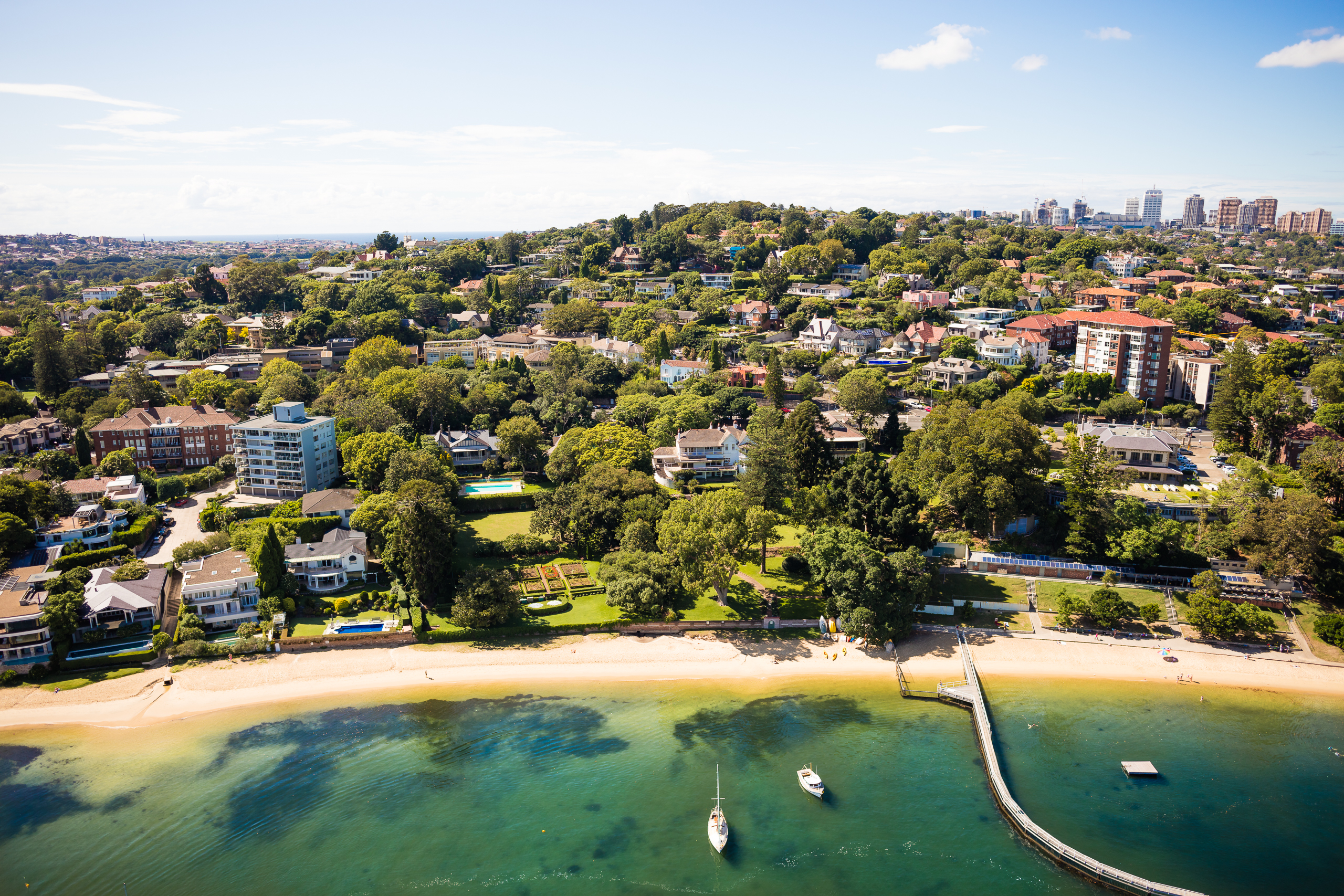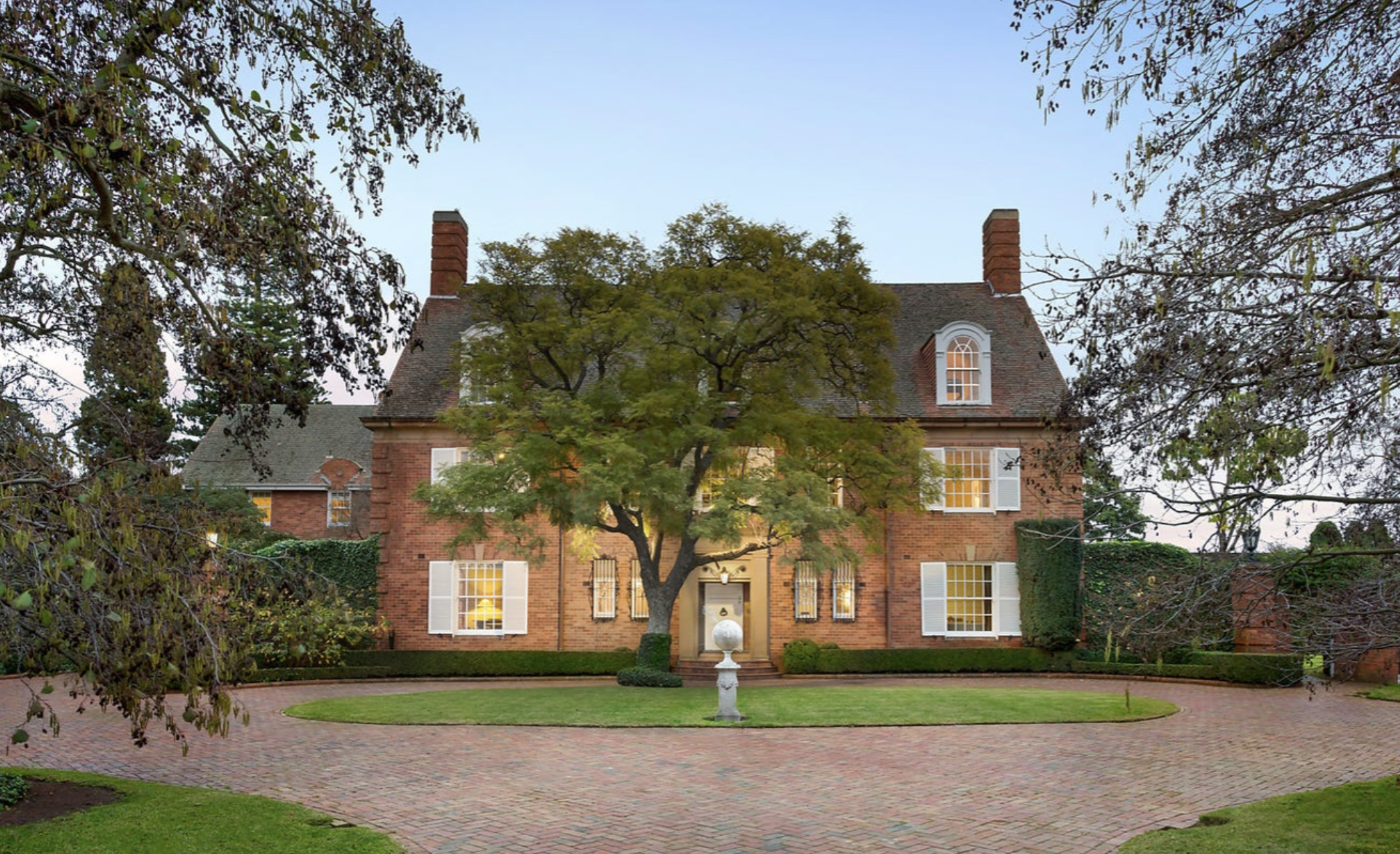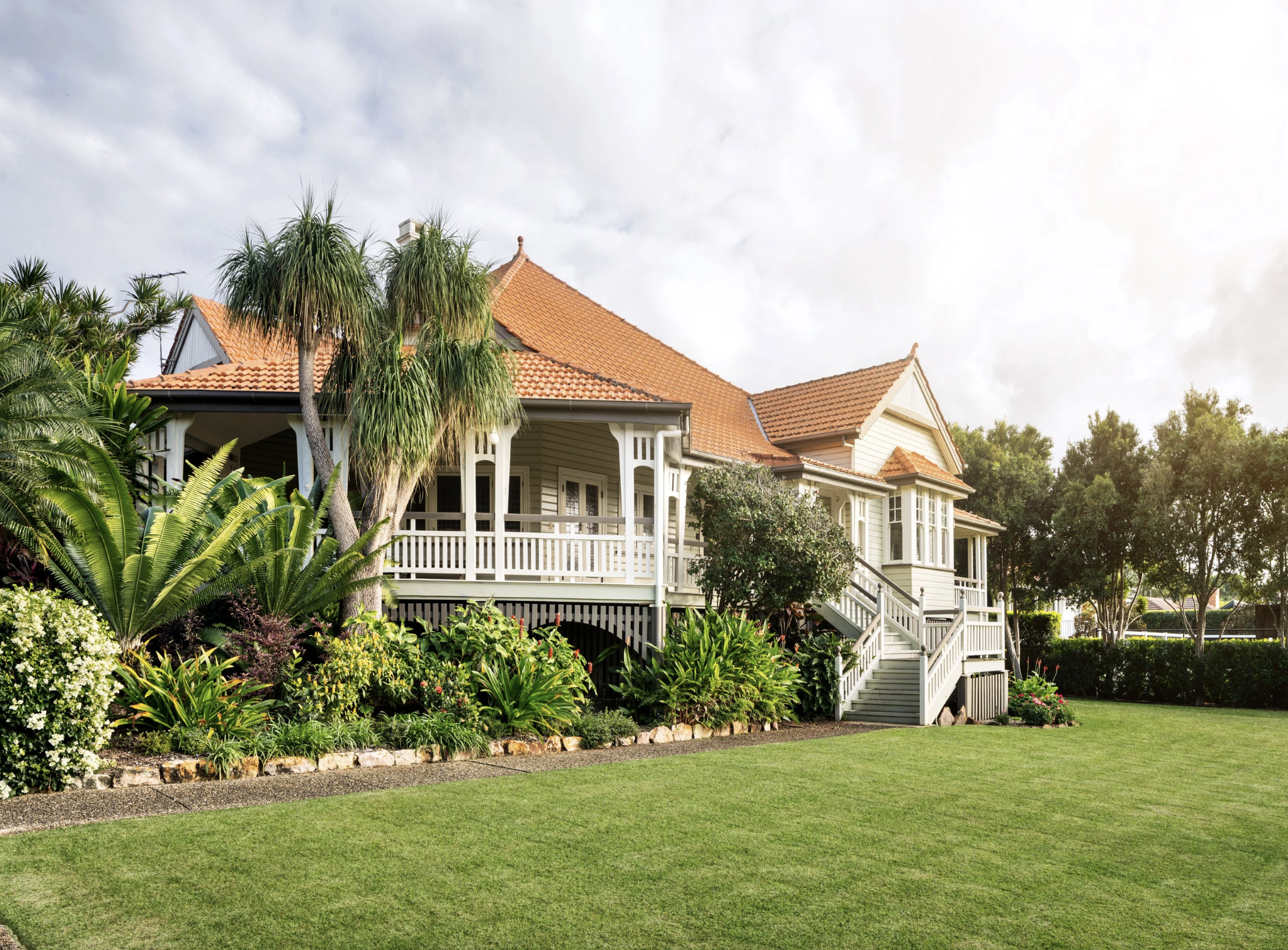MORTGAGE HOLDERS DEFYING PREDICTIONS AND MANAGING DEBT
However, there is one group spending their savings at a faster rate than the rest
However, there is one group spending their savings at a faster rate than the rest
The number of home loans in arrears are less than one percent of all borrowers, defying predictions of dire outcomes from a ‘mortgage cliff’ and the impact of high interest rates and cost of living pressures.
Most borrowers are making their home loan repayments on time, and although the number of loans in arrears has increased since late 2022, they represent only a tiny portion of the market, according to the Reserve Bank (RBA). Less than 1 percent of all housing loans are 90 or more days in arrears, which is lower than the pre-pandemic peak.
In its latest Financial Stability Review released this month, the RBA said households remain under pressure from high inflation and interest rates, with consumer sentiment very weak. More Australians than usual are seeking support from community organisations, and lenders have a small but rising number of borrowers on temporary hardship arrangements.
“Based on their latest assessment of the economic outlook, banks expect arrears rates to increase a bit further from here but remain low relative to history,” the RBA said.
The RBA notes that since the start of 2022, real disposable income has fallen by about 7 percent to be near its pre-pandemic level in per capita terms. Most mortgagors have seen 30-60 percent increases in their minimum home loan repayments since rates began rising in May 2022. However, only about 5 percent of variable-rate owner-occupier borrowers today have expenses exceeding incomes, giving them a cash flow shortfall.
Households are coping well due to a strong labour market, which is allowing them to increase their hours or get a second job if necessary. They are also drawing on large savings buffers, partly created by pandemic stimulus and lower spending during lockdowns, and have reduced their discretionary spending as necessary.
The loan arrears rate is highest among highly leveraged borrowers, however it is still very small at less than 2 percent. The share of mortgagors estimated to have a cash flow shortfall combined with low savings has risen over the past two years but still represents less than 2 percent of variable-rate owner-occupier borrowers. Unusually, the arrears rate among recent first home buyers is lower than average, possibly reflecting the Bank of Mum and Dad enabling young buyers to purchase properties with less debt.
The arrears rate among borrowers who rolled over from low fixed rates to variable rates in one hit – an event labelled ‘the mortgage cliff’ which was expected to hit hardest late last year – are managing their repayments just as well as other borrowers. “This resilience partly reflects that these borrowers were able to build up savings buffers over a longer period of unusually low interest rates,” the RBA said.
High income earners are depleting their pandemic savings at the fastest rate because they tend to be servicing greater debt. But they still have the highest savings and are likely using some of it to support continued discretionary spending. Conversely, the lowest-income mortgaged households grew their savings in 2023.
The RBA says nearly all borrowers should be able to service their loans even if inflation is more persistent than expected and interest rates remain higher for longer. While the RBA expects a rise in unemployment, it noted that historically mortgagors are less likely to lose their jobs. Many mortgagor households also have multiple incomes, and about half of all borrowers have enough savings to service their debts and essential expenses for at least six months. Lenders can also offer temporary support to borrowers who lose their jobs.
The RBA said most borrowers also have strong equity positions, which protects them from default and limits risk for lenders. Rising property prices last year gave homeowners more equity and banks have been issuing fewer high loan-to-value (LVR) loans since 2021. These types of loans are now at near-historical low levels.
“The share of loans (by number or balances) estimated to be in negative equity at current housing prices remains very low,” the RBA said. “While usually a last resort and very disruptive for owner-occupier borrowers, this would allow almost all borrowers to sell their properties and repay their loans in full before defaulting.”
Hypothetically, in a severe economic downturn during which housing values fell 30 percent, the RBA estimates that the share of loans falling into negative equity would increase to about 11 percent. The RBA said significant losses for lenders would only materialise if more borrowers became unable to service their loans.
Article originally published on Kanebridge News Australia
Records keep falling in 2025 as harbourfront, beachfront and blue-chip estates crowd the top of the market.
A 30-metre masterpiece unveiled in Monaco brings Lamborghini’s supercar drama to the high seas, powered by 7,600 horsepower and unmistakable Italian design.
Records keep falling in 2025 as harbourfront, beachfront and blue-chip estates crowd the top of the market.
Australia’s luxury property market is once again reaching dizzying heights. After a brief slowdown, national home values have surged to new records in 2025, and nowhere is that more evident than at the top end of town.
While median prices are rising across most capital cities, the ultra-prestige segment is seeing even sharper growth, with trophy homes fetching never-before-seen sums.
Demand for harbourfront, beachfront, and blue-chip inner-city estates remains intense, driven by a mix of local billionaires, global buyers and intergenerational wealth.
This year alone, Australia’s residential record has been rewritten, with sales surpassing $130 million, and even an apartment now holding the crown as the nation’s most expensive dwelling.
From Sydney’s Point Piper to Melbourne’s Toorak, Brisbane’s riverfronts to Perth’s Golden Triangle, these exclusive enclaves continue to define the country’s property elite.
We’ve taken a closer look at the most expensive houses across Australia’s largest capitals, the landmark sales that have set new benchmarks, and the homes that could challenge those records if they ever hit the market.

House Price Record: $130 million
Residential Record: $141.5 million
Sydney’s harbour has always commanded the city’s highest price points, with Point Piper the main epicentre.
For years, the residential house price record was held in Point Piper. First, Atlassian billionaire Scott Farquhar spent a record $71 million on Elaine, the Seven Shillings beachfront estate that had been in the Fairfax family for generations.
That 2017 sale held the top spot until the following year, when Farquhar’s Atlassian co-founder Mike Cannon-Brookes spent $100 million on Fairwater next door, following the death of Lady Mary Fairfax.
The grand heritage-listed mansion dates back to the early 1880s and sits on 1.12 hectares, far larger than Elaine, which is just shy of 7,000 sqm.
The Fairwater sale has only been topped twice. Last year, Farquhar purchased Uig Lodge for $130 million, one of the highest homes in Point Piper, with sweeping views of the harbour.
In turn, he sold Elaine for the same amount to a consortium led by tech entrepreneur Patrick Shi, CEO of Acce Investments Group. The group reportedly intends to subdivide the 7,000 sqm parcel into four blocks for new trophy homes.
There are several harbourfront properties that could challenge the record should they ever transact. This year, Aussie John Symond reportedly turned down offers exceeding $200 million for his home, colloquially known as “Aussie Stadium.”
The four-level residence, one of only three on Wolseley Road’s Windmill Point, took eight years to build and features six bedrooms, an eight-car garage, a 22-seat theatre, and a 2,500-bottle wine cellar.
Another contender is the Vaucluse waterfront compound owned by Menulog founder Leon Kamenev. Kamenev spent $80 million on the land alone in 2016, four amalgamated blocks totalling 4,200 sqm, before demolishing the existing homes to create a mega-mansion that cost more than $30 million to construct.
Meriton founder Harry Triguboff’s Wentworth Road property, also in Vaucluse, would likely compete for top spot. He first bought a block on the prized waterfront street in 1983 and acquired the adjacent property in 1998 to create over 5,200 sqm.
The Packer family compound could return the record to Bellevue Hill if it ever sold. Sir Frank Packer began assembling the estate, Cairnton, in 1935; his son Kerry added further titles through the 1980s and 1990s. The property now spans 1.1 hectares across Kambala and Victoria Roads.
The aforementioned Fairwater would almost certainly exceed $130 million today, given its larger harbourside footprint compared to Elaine.
Sydney’s highest property price, however, isn’t a house, it’s a penthouse. The One Sydney Harbour penthouse in Barangaroo sold off the plan in 2019 for $141.55 million. The three-level residence spans over 1,600 sqm and includes nine bedrooms, a private rooftop pool, spa, and gym.

House Price Record: $130 million+
In Melbourne, Toorak is the equivalent of Point Piper. The rich-lister suburb home to the nation’s highest concentration of billionaires, including Lindsay Fox, John Gandel, and Solomon Lew.
The highest price achieved, though yet to settle, is for Coonac, the 1867-built mansion reportedly sold earlier this year for around $130 million. It was the longtime home of billionaire developer Paul Little and his wife, University of Melbourne Chancellor Jane Hansen.
While Coonac sits on Clendon Road, alongside the Myer family’s Cranlana compound, currently seeking around $100 million, Toorak’s most consistently expensive street is St Georges Road.
It previously held the Victorian record when crypto billionaire Ed Craven bought the long-abandoned “Ghost Mansion” for $80 million in 2022. He has since demolished the structure and is set to build a new luxury residence on the vast 7,187 sqm site.
Other notable St Georges Road sales include Blair House, which fetched $74.5 million in 2022 when purchased by tech entrepreneur Grant Rule.
Outside Toorak, billionaire Anthony Pratt’s Raheen estate in Kew remains one of the state’s most valuable homes. The heritage-listed Italianate mansion, built in the 1870s for Edward Latham of Carlton Brewery, has been in the Pratt family since 1981 and was recently refurbished by Anthony following his father Richard’s passing in 2016.

House Price Record: $23 million
The Brisbane record was set earlier this year when BWC Group construction boss Brett Walker sold his Ascot home for $23 million.
Walker had bought the 1930s Queenslander from Ray White Chairman Brian White in 2021 for $10 million and spent another $7 million on extensive upgrades.
The 1920s home with six bedrooms sits on a private 3,035 sqm block with a championship-size floodlit tennis court, swimming pool, and cricket pitch.
The sale comfortably surpassed the previous record, set in 2023 when the 1890s waterfront Amity House in New Farm sold for $20.5 million.
New Farm also holds the city’s apartment record, set this year when coal baron Matthew Latimore, founder of M Resources, spent $17.5 million on a two-level penthouse atop the Cutters Landing building on Refinery Parade. The 740 sqm residence includes a sauna, steam room, ice bath, and spa.
There had been suggestions the penthouse atop the Pier building in Newstead would sell for $20 million, but it ultimately settled for $16 million.
Queensland’s priciest homes, however, sit beyond Brisbane. The state record was set earlier this year when DISSH fashion owners Lucy Henry-Hicks and Mitchell Lau purchased three adjoining beachfront properties for $40 million on Palm Beach’s Jefferson Lane.
Some don’t consider it a record, given it was an amalgamation. If it wasn’t to be a record, the highest price is $34 million, in Sunshine Beach. Webb House was bought by Peter Tighe, Non-Executive Chairman of AuKing Mining and part-owner of champion mare Winx, in 2021.
House Price Record: $56 million
Western Australia’s luxury market has surged. According to Knight Frank’s Prime Global Cities Index, Perth ranked 16th globally in Q1 2025 for luxury property price growth, rising 3.8 per cent over the year to March.
The priciest homes typically cluster in Dalkeith, Mosman Park, and Peppermint Grove. The state’s record was set when Mineral Resources co-founder Chris Ellison purchased a Mosman Park residence on Saunders Street for $56 million.
That same street saw another notable sale this year, a 2016-built luxury home with dual Gaggenau and Sub-Zero kitchens, a solar-heated magnesium pool, 600-bottle wine cellar, 13-person lift, and panoramic river views, for $22.75 million.
Many of Perth’s top-end sales occurred in the post-GFC mining boom, though some values later softened.
In 2011, Mineral Resources co-founder Steve Wyatt paid $39 million for a Dalkeith mansion; it resold in 2020 for $27.5 million to entrepreneur Danny Pavlovich and his wife, Suza.